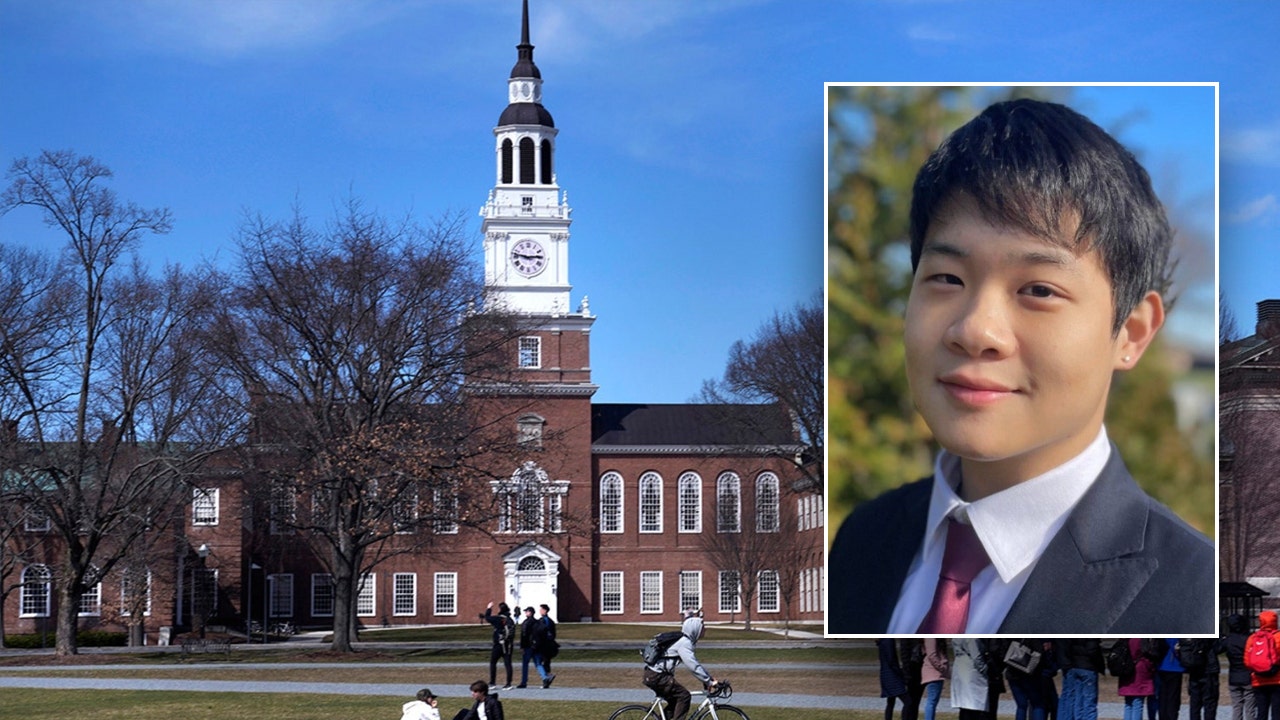The U.S. retirement system doesn’t get high marks relative to other nations.
In fact, the U.S. got a C+ grade and ranked No. 29 out of 48 global pension systems in 2024, according to the annual Mercer CFA Institute Global Pension Index, released Tuesday. It analyzed both public and private sources of retirement funds, like Social Security and 401(k) plans.
A similar index compiled by Natixis Investment Management puts the U.S. at No. 22 out of 44 nations this year. Its position has declined from a decade ago, when it ranked No. 18.
“I think [a C+ grade] would describe a rating where there is a lot of room for improvement,” said Christine Mahoney, global retirement leader at Mercer, a consulting firm.
The Netherlands placed No. 1, followed by Iceland, Denmark and Israel, respectively, which all received “A” grades, according to Mercer. Singapore, Australia, Finland and Norway got a B+.
Fourteen nations — Chile, Sweden, the United Kingdom, Switzerland, Uruguay, New Zealand, Belgium, Mexico, Canada, Ireland, France, Germany, Croatia and Portugal — got a B.
Of course, retirement systems differ since they address a nation’s unique economies, social and cultural norms, politics and history, according to the Mercer report. However, there are certain traits that can generally determine how well older citizens fare financially, the report found.
The U.S. system is often referred to as a three-legged stool, consisting of Social Security, workplace retirement plans and individual savings.
The lackluster standing by the U.S. in the world is largely due to a sizable gap in the share of people who have access to a workplace retirement plan, and for the ample opportunities for “leakage” of savings from accounts before retirement, Mahoney said.
Employers aren’t required to offer a retirement plan like a pension or 401(k) plan to workers. About 72% of workers in the private sector had access to one in March 2024, and about half (53%) participated, according to the U.S. Bureau of Labor Statistics.
More from Personal Finance:
Life spans are growing but ‘health spans’ are shrinking
What to do with RMDs when you don’t need the money
Who would benefit from Trump’s proposed tax break on car loan interest
“The people who have [a plan], it’s probably pretty good on average, but you have a lot of people who have nothing,” Mahoney said.
By contrast, some of the highest-ranked countries like the Netherlands “cover essentially all workers in the country,” said Graham Pearce, Mercer’s global defined benefit segment leader.
Additionally, top-rated nations generally have greater restrictions relative to the U.S. on how much cash citizens can withdraw before retirement, Pearce explained.
American workers can withdraw their 401(k) savings when they switch jobs, for example.
About 40% of workers who leave a job cash out “prematurely” each year, according to the Employee Benefit Research Institute. A separate academic study from 2022 examined more than 160,000 U.S. employees who left their jobs from 2014 to 2016, and found that about 41% cashed out at least some of their 401(k) — and 85% completely drained their balance.
Employers are also legally allowed to cash out small 401(k) balances and send workers a check.
While the U.S. might offer more flexibility to people who need to tap their funds in case of emergencies, for example, this so-called leakage also reduces the amount of savings they have available in old age, experts said.
“If you’re someone who moves through jobs, has low savings rates and leakage, it makes it difficult to build your own retirement nest egg,” said David Blanchett, head of retirement research at PGIM, Prudential’s investment management arm.
Social Security is considered a major income source for most older Americans, providing the majority of their retirement income for a significant portion of the population over 65 years old.
To that point, about nine out of 10 people aged 65 and older were receiving a Social Security benefit as of June 30, according to the Social Security Administration.
Social Security benefits are generally tied to a worker’s wage and work history, Blanchett said. For example, the amount is pegged to a worker’s 35-highest years of pay.
While benefits are progressive, meaning lower earners generally replace a bigger share of their pre-retirement paychecks than higher earners, Social Security’s minimum benefit is lesser than other nations, like those in Scandinavia, with public retirement programs, Blanchett said.
“It’s less of a safety net,” he said.
“There’s something to be said that, as a public pension benefit, increasing the minimum benefit for all retirees would strengthen the retirement resiliency for all Americans,” Blanchett said.
That said, policymakers are trying to resolve some of these issues.
For example, 17 states have established so-called auto-IRA programs in a bid to close the coverage gap, according to the Georgetown University Center for Retirement Initiatives.
These programs generally require employers who don’t offer a workplace retirement plan to automatically enroll workers into the state plan and facilitate payroll deduction.
A recent federal law known as Secure 2.0 also expanded aspects of the retirement system. For example, it made more part-time workers eligible to participate in a 401(k) and raised the dollar threshold for employers to cash out balances for departing workers.
Read the full article here

















